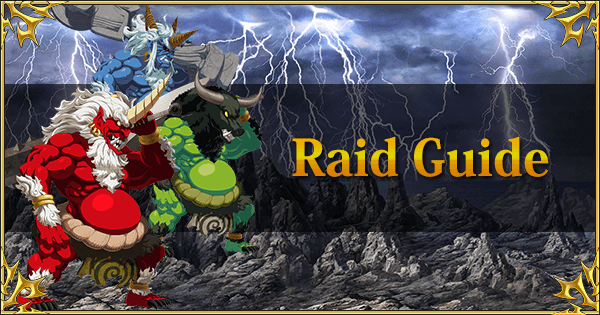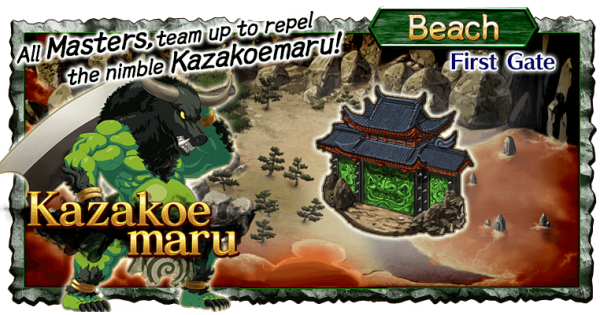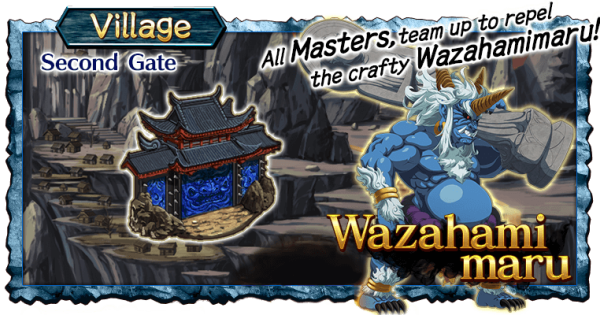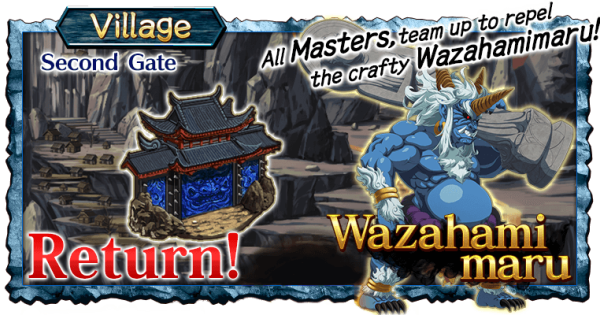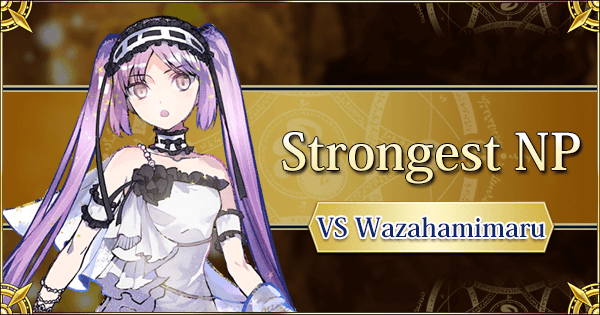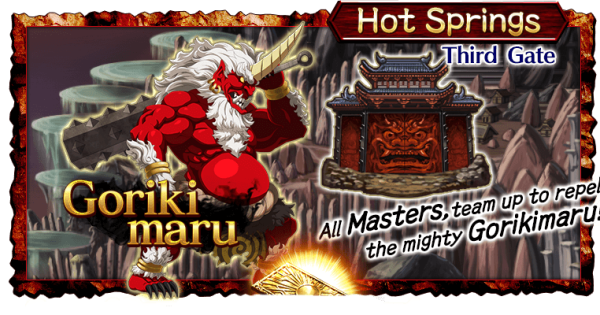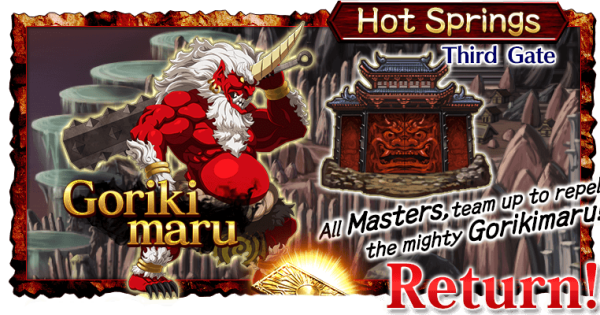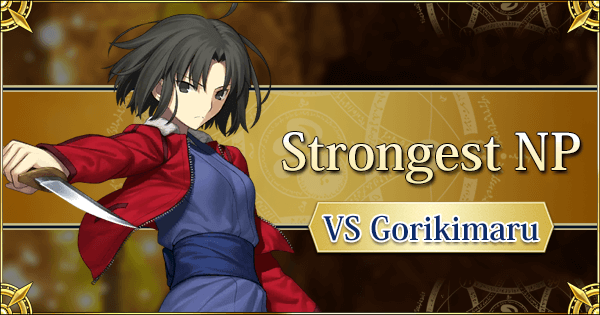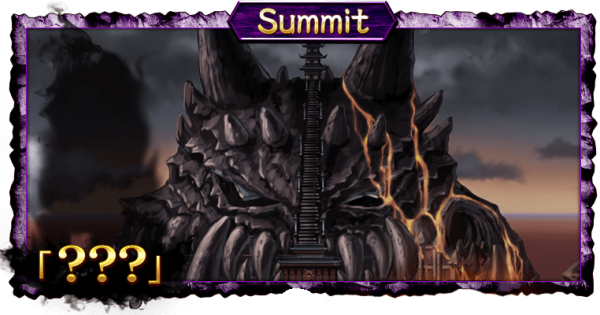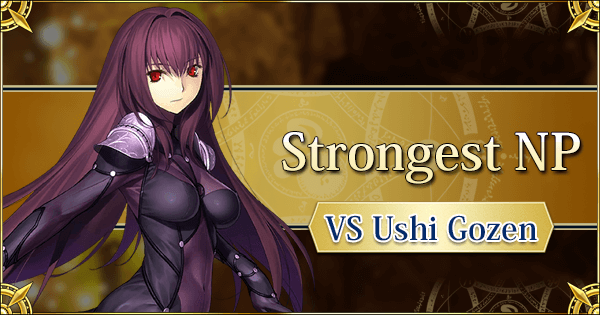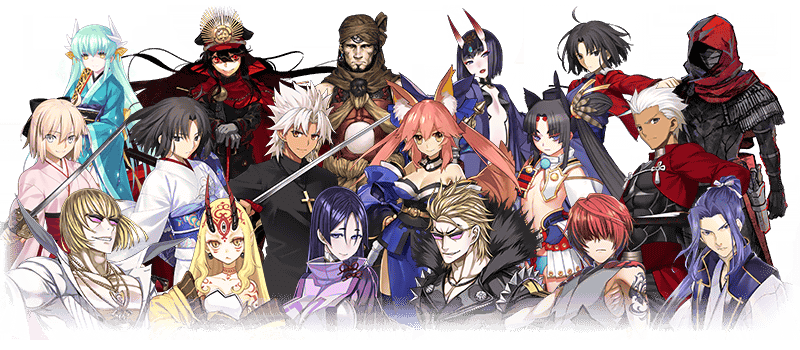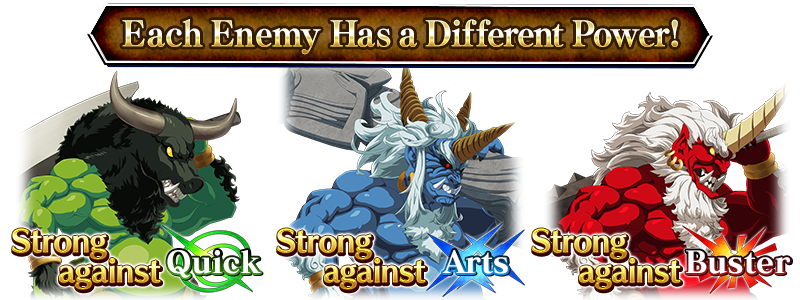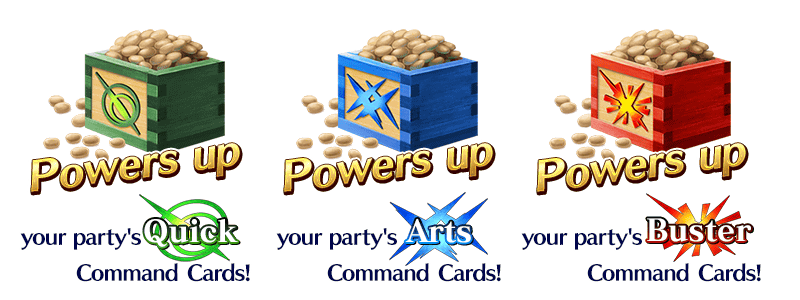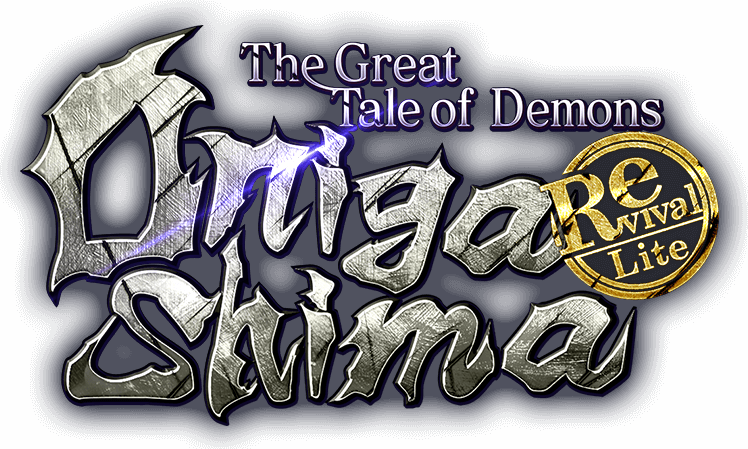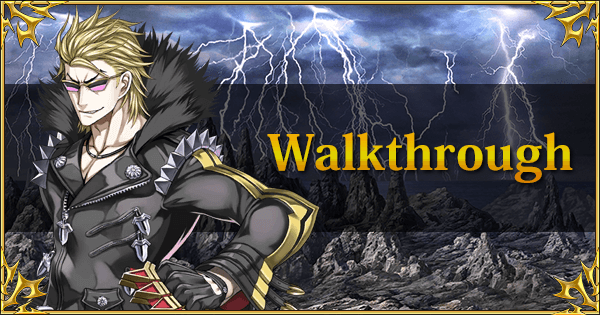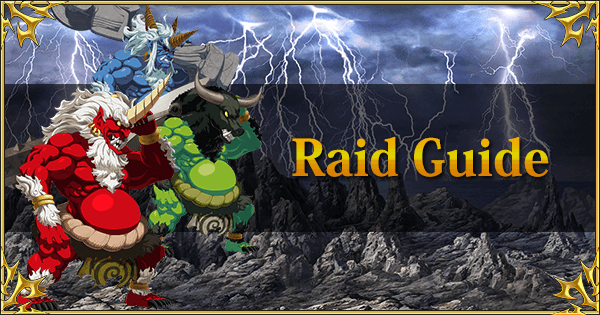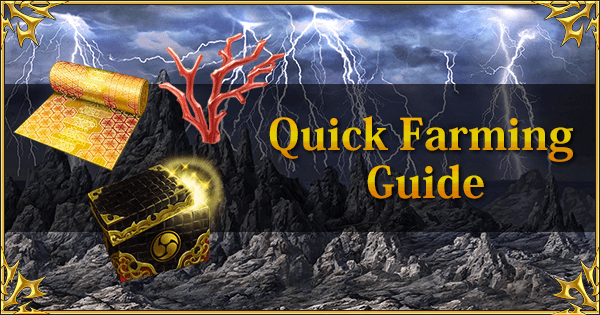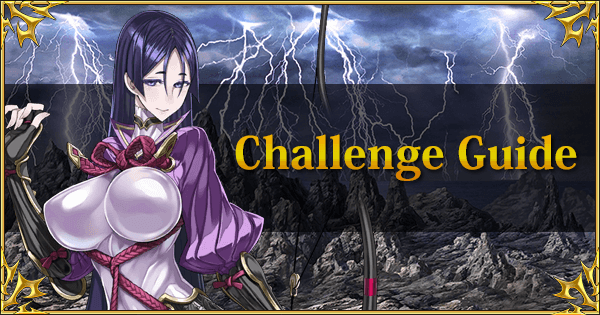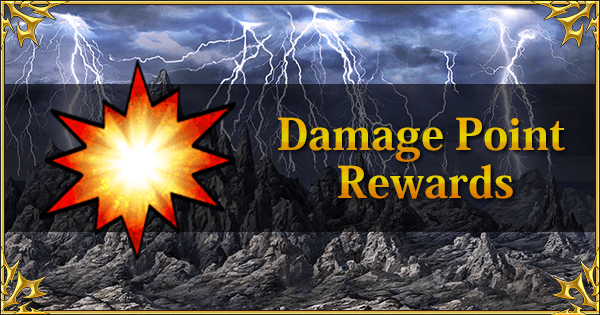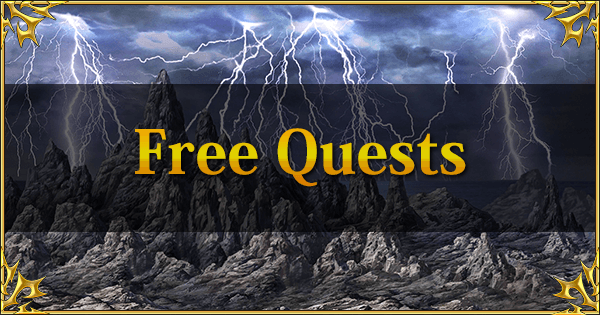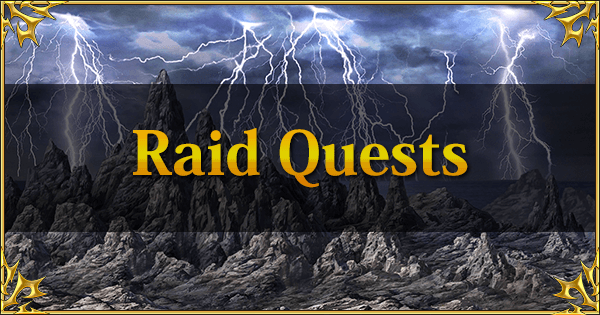Short Summary
-
The ascension to the summit is blocked by three Gates each with Oni raid bosses
-
These raid bosses have five escalating difficulties ranging from newbie-friendly to veteran level.
-
The first raid bosses are only available as long as they still have HP! Once a raid boss falls, the raid will be inaccessible at least for week 1.
-
Much like the Rashomon rerun, the Damage Points ladder is not difficult to clear and does not necessarily require clearing the hardest raid node to finish in time.
-
In fact, the points ladder can be cleared comfortably by Masters who only do the 2 BP raids.
-
Damage Progress is kept even if the 15 turn limit expires, or if the team dies! Don't be afraid to aim for higher difficulties from the get-go.
-
Each gate is guarded by an Oni boss accompanied with a Servant of a different class.
-
The peak itself is guarded by a Berserker Boss with two Caster mobs.
-
After the main quest has been cleared, each gate needs to be cleared anew and the Oni will receive a different Servant to fight alongside with.
-
Note: During the initial run, the first raid (Kazakoemaru) fell within the first day.
Farming Raids
- For maximum efficiency, Masters should always aim to farm the highest difficulty.
- The average Master can expect to have around 400-500 BP to spend if they are active, as raids may be temporarily unavailable or already cleared. In addition, most Masters tend to need sleep sometimes or have their timers reset by using the 8 BP consumable.
- We highly recommend using BP replenishing items on Raids that have the Ascension Materials drops you need the most!
- The currency drops are nice, but the Ascensions material drop rates are the real prize!
- The damage bonuses available from the Event are typically high enough to allow for more drop bonus CEs than during Rashomon.
- Farming raids helps to reduce the need to grind Event Currency in the expensive Free Quests. For pure Event Currency these raids are the best to use Dumplings on.
- Summit Raid Boss (all currencies in high base totals, lowest multiplier)
- Gorikimaru (high Gold Currency drops and high bonus multiplier)
- Kazekoemaru (Low Bronze Currency amount and lower multiplier, but most Masters need a lot of them)
- Wazahamimaru (Medium Silver Currency amount, but Masters tend to need the least of this currency)
- For an overview of all the drops, see the table below.
General tips
-
Buy out copies of Golden Sumo as soon as possible and LB it.
-
Consider feeding the MLB copy of Golden Sumo with additional experience (use any stored CE bombs) to upgrade its attack stat. It’s also an extremely powerful, and flexible, Craft Essence and a mainstay for many Masters even after the event. Many of our writeups include it as a suggested option for a reason.
-
Equip multiple copies of Hot Springs of the Moon in the backline and on support Servants.
-
Depending on your damage output, it might be useful to MLB Hot Spring of the Moon as well to open up space for more drop or bond bonus CEs.
-
Japanese Servants receive an additional bonus damage, as seen below.
-
All Servants also receive an additional damage bonus depending on the difficulty of the raid quest that is selected.
- All of the Damage Bonuses stack additively. Thus, each additional damage bonus becomes relatively less effective the more CEs, Japanese and difficulty bonuses are stacked.
- Bonus damage from CEs stack ADDITIVELY with Servants who gain Bonus Damage vs. Traits via a buff (such as Jack the Ripper, Minamoto-no-Raikou, Tawara Touta). In-game, this is denoted by the text, "Apply Special Attack [Trait] to yourself." Bonus CEs are less effective on them.
- Critical Damage buffs and NP Damage buffs belong to the same group of buffs and thus also stack ADDITIVELY with Event Bonus ATK CEs.
- Bonus damage from CEs stack MULTIPLICATIVELY with: Servants whose NPs have supereffective damage vs. Traits (such as Rama, Gilgamesh, Nikola Tesla). In-game, this is denoted by the text, "Deal heavy/significant Special Attack damage to a single/all [Trait] enemy/enemies." Bonus CEs are more effective on them.
- Attack Up/Defense Down (de)buffs and Card Performance buffs belong to a different group as well, and stack MULTIPLICATIVELY with Event Bonus ATK CEs.
-
Each raid boss (outside of the fourth one) is vulnerable to class advantage and their NP is not immediately lethal. This makes surviving much easier than in Rashomon.
-
Each gate is guarded by an Oni with a resistance to a particular card type.
|
Special note about Event Bonus ATK CEs and how they interact with Servant Trait Bonus damage: |
-
A bean consumable can be used to nullify this protection - which is highly useful for struggling Masters or those wishing to speed up their clear time. These consumables can be traded for a minor amount of QP after the event ends.
-
However, rather than nullify a protection, it is often more effective to use a bean of a different card type to boost performance instead.
-
Each Oni has extra vulnerable traits: They’re male and Demonic.
-
The key to success is being able to stack offensive buffs properly and to exploit class advantage or trait advantages without having to deal with the card type demerit preferably. Since survival is not an issue, we can bring a lot more Servants with only offensive buffs.
-
Since the Beans are essentially simple Card performance buffs, and the Event Bonus stacks additively with NP Damage, Attack Up buffs and Defense Down debuffs tend to scale the hardest
-
However, for new Masters, try to bring at least one Servant that can sustain the team with healing or defensive buffs. It’s best to keep the Servant with Golden Sumo equipped alive as long as possible.
-
Masters with a powerful (class-advantaged) Servant of their own should borrow a support, while Masters without a good DPS for the current raid should borrow the ideal DPS servant from a friend.
-
Always abuse the first wave for generating NP gauge by using Overkill and Arts chains when possible.

